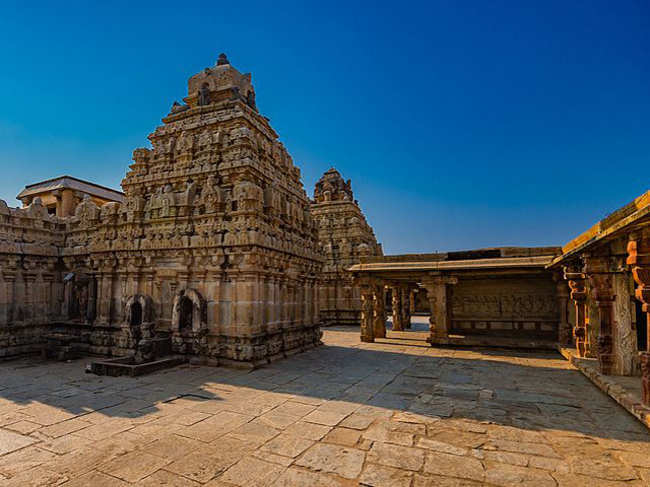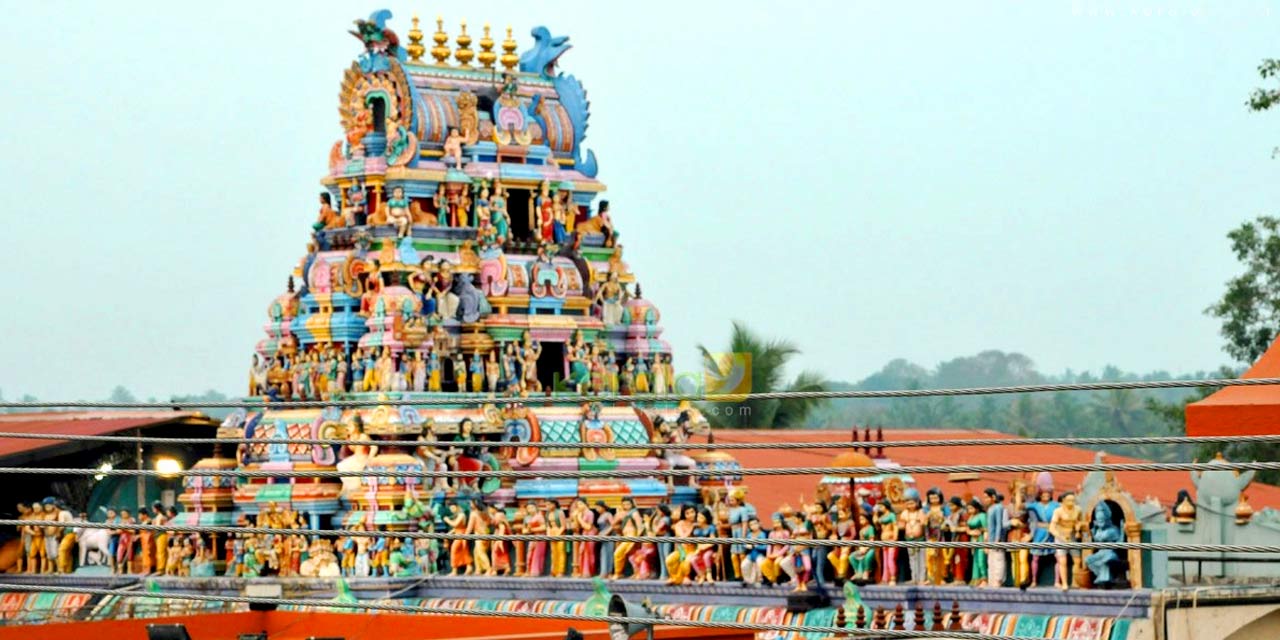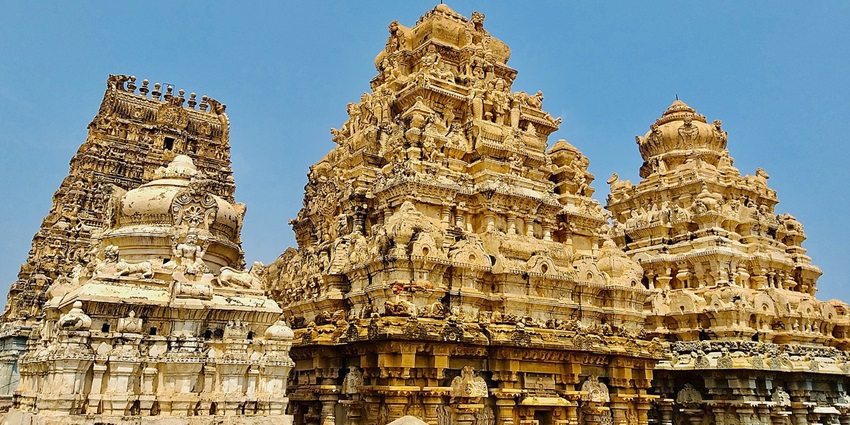
Baba Baidyanath Temple: History, Significance, and How to Plan Your Visit
Nestled in the serene town of Deoghar in Jharkhand, the Baba Baidyanath Temple is one of the most revered pilgrimage sites in India. Dedicated to Lord Shiva, this ancient temple is not only a spiritual hub but also a part of the 12 Jyotirlingas, making it a must-visit destination for devotees and history enthusiasts alike. In this comprehensive guide, we’ll explore the temple’s history, significance, rituals, and practical information to help you plan your visit.
History of Baba Baidyanath Temple
The Baba Baidyanath Temple has a rich history that dates back to ancient times. According to Hindu mythology, the temple is believed to have been established by Ravana, the demon king of Lanka. Legend has it that Ravana meditated intensely to please Lord Shiva and sought the Atma Linga (a sacred Shiva Linga) as a boon. However, Lord Shiva imposed a condition that the Linga should not be placed on the ground during its journey. Ravana, while carrying the Linga, was tricked by Lord Vishnu, and the Linga was placed at Deoghar, where the temple now stands.
The temple’s architecture reflects a blend of medieval and modern styles, with its towering spire and intricate carvings. The sanctum sanctorum houses the sacred Jyotirlinga, which is the focal point of worship.
Legend of Baba Baidyanath Temple
The legend of Baba Baidyanath Temple is deeply intertwined with the story of Ravana and Lord Shiva. It is said that Ravana, after receiving the Atma Linga, was on his way to Lanka when Lord Vishnu, disguised as an old man, tricked him into placing the Linga on the ground. Once placed, it became immovable, and Ravana’s efforts to lift it were in vain. This spot became the sacred site of the Baba Baidyanath Temple.
Another legend suggests that the temple is named after Vaidya, meaning “physician,” as Lord Shiva is believed to have cured Ravana’s wounds here. Hence, the temple is also known as a place of healing and divine blessings.
Significance of Baba Baidyanath Temple
The Baba Baidyanath Temple holds immense spiritual significance for devotees of Lord Shiva. As one of the 12 Jyotirlingas, it is considered one of the holiest shrines in Hinduism. Devotees believe that offering prayers here can absolve them of their sins and grant them moksha (liberation).
The temple is also a part of the Shravan Mela, a month-long festival during the Hindu month of Shravan (July-August). During this time, millions of devotees undertake a Kanwar Yatra, carrying holy water from the Ganges to offer to the Jyotirlinga. This pilgrimage is a testament to the temple’s deep-rooted cultural and spiritual importance.
Temple Timings
The Baba Baidyanath Temple is open to devotees throughout the year. The general timings are as follows:
- Morning Darshan: 4:00 AM to 3:30 PM
- Evening Darshan: 6:00 PM to 9:00 PM
During special festivals and occasions, the temple may have extended hours. It’s advisable to check the official website or contact the temple authorities for updated timings.
Sevas and Rituals
The temple offers various sevas and rituals for devotees to seek blessings from Lord Shiva. Some of the popular rituals include:
- Rudrabhishek: A sacred ritual involving the chanting of Vedic mantras and offering of milk, honey, and water to the Shiva Linga.
- Maha Aarti: Performed twice a day, this aarti is a grand offering of light and prayers to Lord Shiva.
- Kanwar Yatra: A pilgrimage where devotees carry holy water from the Ganges to offer at the temple.
Devotees can book these rituals in advance through the temple’s official website or at the temple counter.
Festivals Celebrated at Baba Baidyanath Temple
The Baba Baidyanath Temple is a hub of festivities, especially during the following occasions:
- Shravan Mela: The most significant festival, attracting millions of devotees during the month of Shravan.
- Maha Shivaratri: A grand celebration dedicated to Lord Shiva, marked by night-long prayers and rituals.
- Navratri: A nine-day festival honoring Goddess Durga, with special prayers and cultural programs.
These festivals offer a unique opportunity to experience the temple’s vibrant spiritual energy.
How to Reach Baba Baidyanath Temple
By Air:
The nearest airport is Deoghar Airport (also known as Baidyanath Dham Airport), located just 10 km from the temple. Regular flights connect Deoghar to major cities like Kolkata, Patna, and Ranchi.
By Train:
The nearest railway station is Baijnath Dham Railway Station, which is well-connected to major cities like Kolkata, Delhi, and Patna. Some popular trains include:
- Jasidih Express (from Kolkata)
- Deoghar Express (from Patna)
By Road:
Deoghar is well-connected by road to major cities in Jharkhand and neighboring states. Regular buses operate from cities like Ranchi, Patna, and Kolkata. You can also hire a taxi or drive to the temple.
Nearby Places to Visit
While visiting the Baba Baidyanath Temple, you can explore these nearby attractions:
- Naulakha Mandir: A beautiful temple dedicated to Lord Krishna, located just 1.5 km from the main temple.
- Tapovan Caves: A serene spot believed to be the meditation site of Ravana.
- Trikuta Hills: A picturesque location offering panoramic views of Deoghar.
These places add to the spiritual and cultural richness of your visit.
Frequently Asked Questions
1. What is the best time to visit Baba Baidyanath Temple?
The best time to visit is during the Shravan Mela (July-August) or Maha Shivaratri (February-March) for a vibrant spiritual experience.
2. Are there accommodation options near the temple?
Yes, there are several dharamshalas, guesthouses, and hotels near the temple to suit all budgets.
3. Can I book sevas online?
Yes, you can book sevas and rituals through the temple’s official website or at the temple counter.
4. Is photography allowed inside the temple?
No, photography is not allowed inside the temple premises.
5. What should I wear while visiting the temple?
Devotees are advised to wear modest and traditional attire as a mark of respect.





